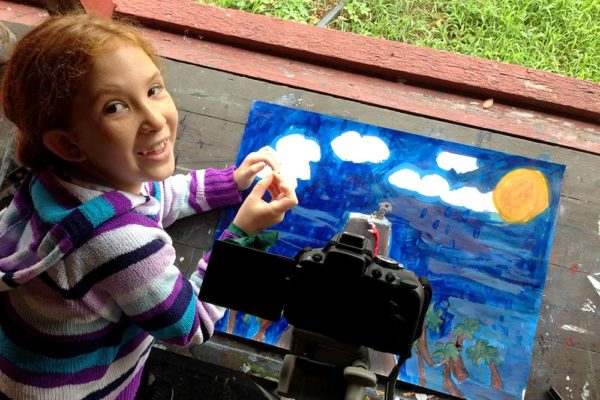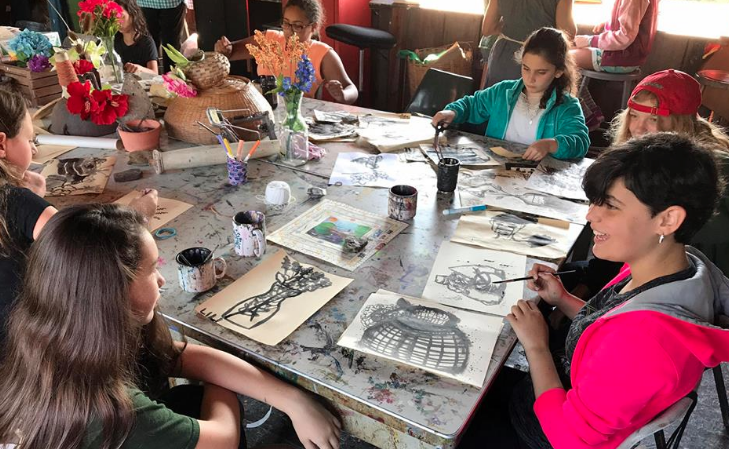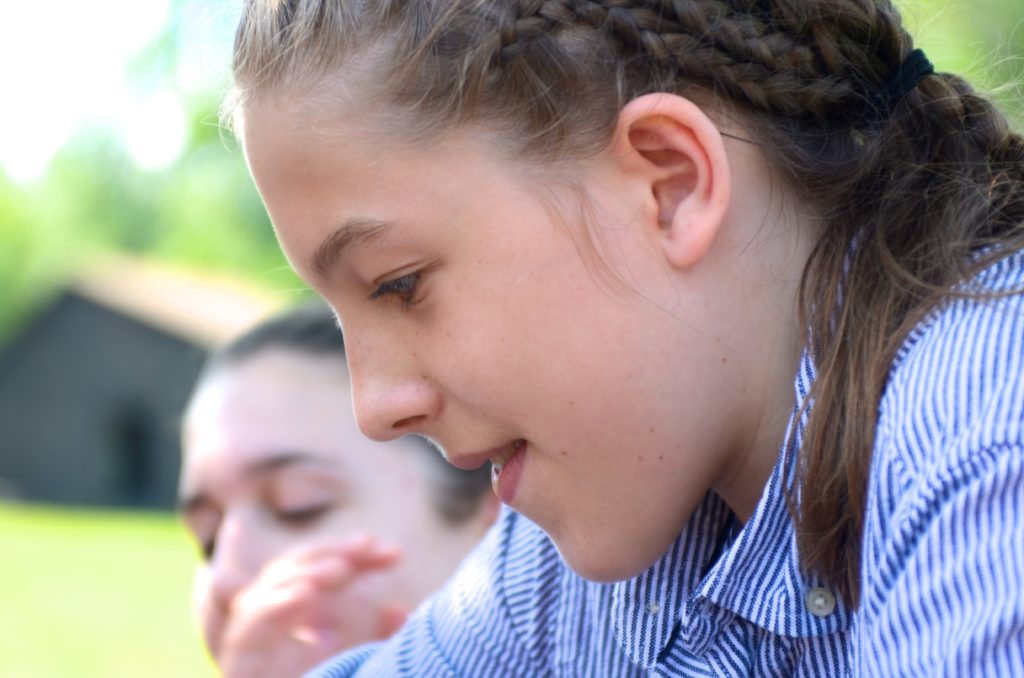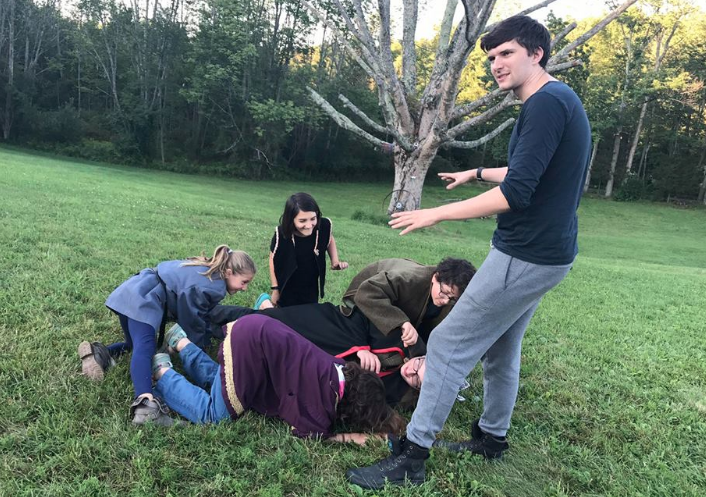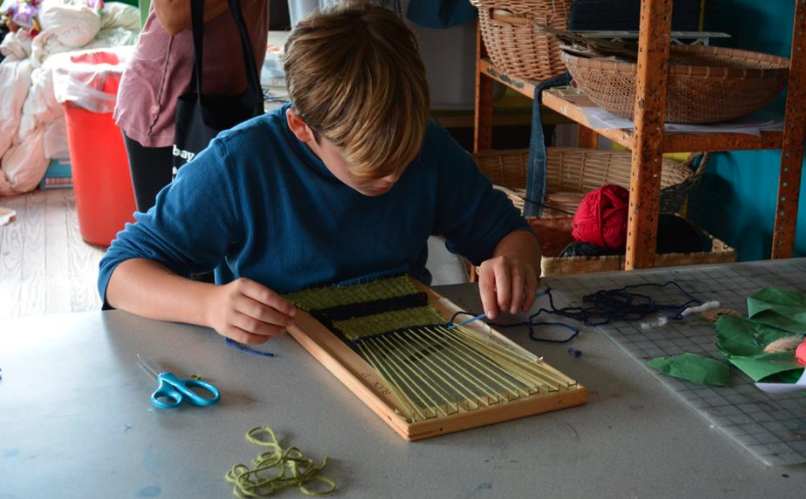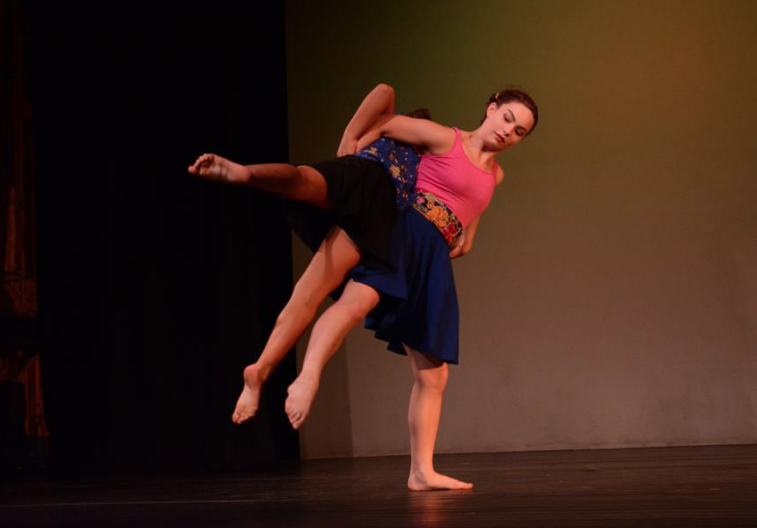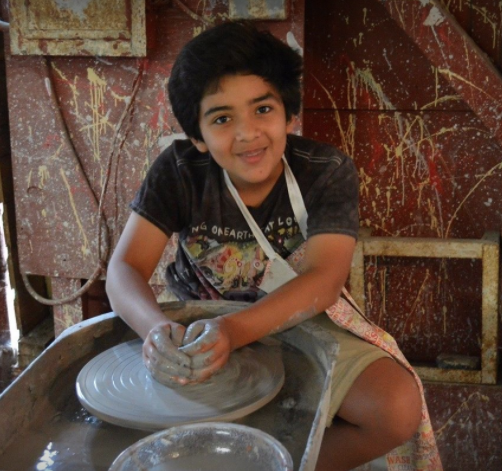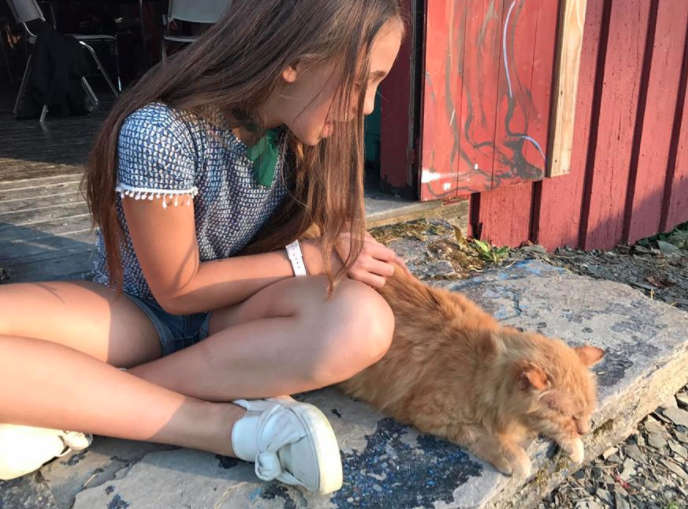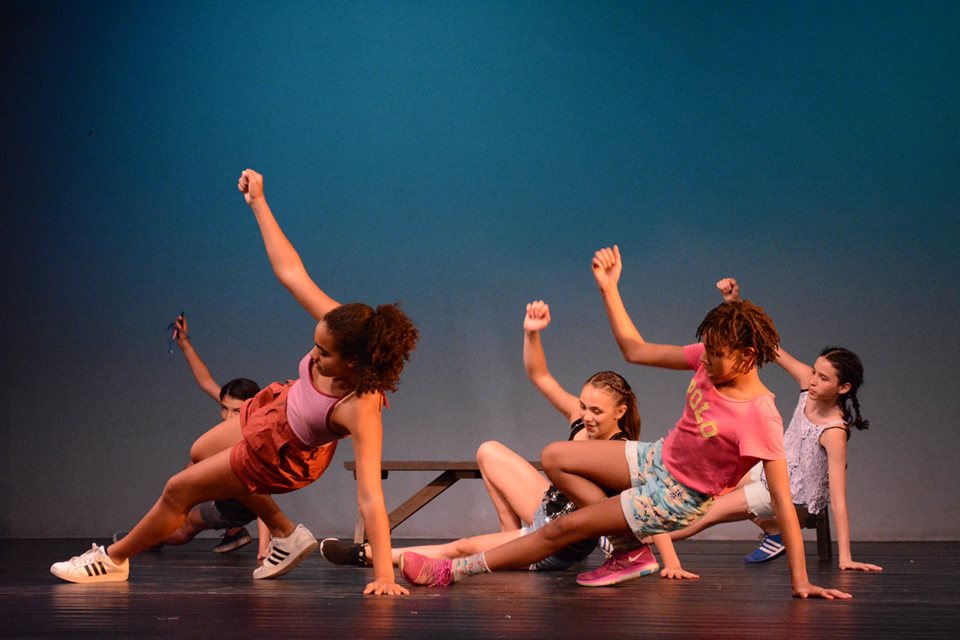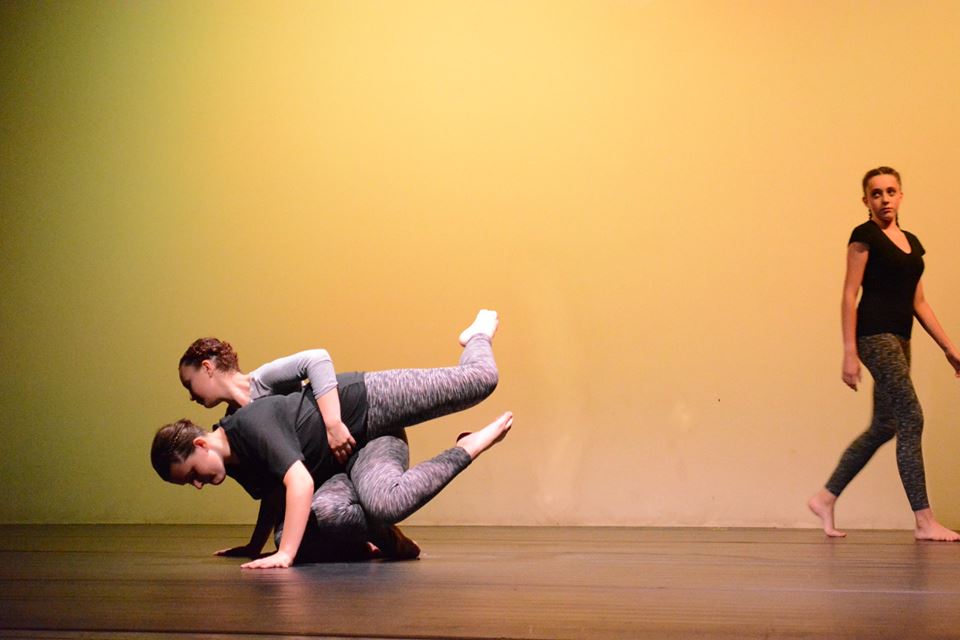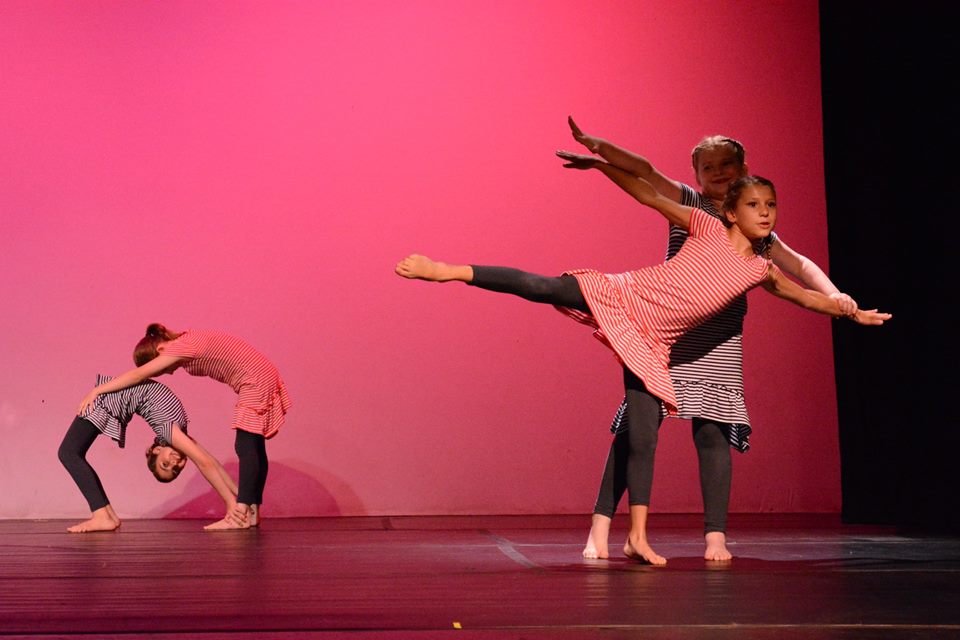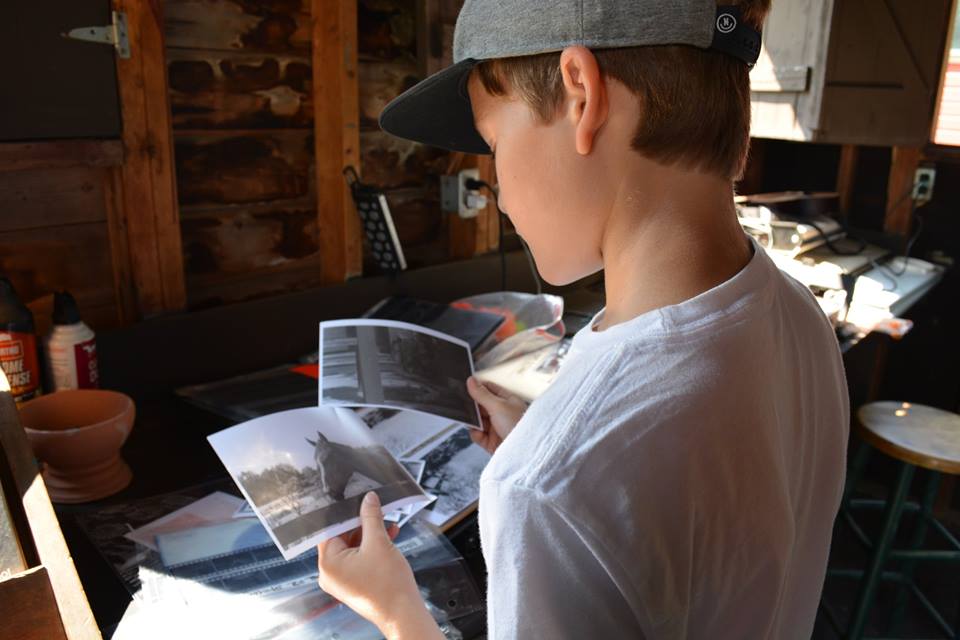You may or may not have noticed this, but our increasingly technological society and culture are focusing ever narrower and narrower on STEM – science, technology, engineering, and mathematics. This is certainly true of jobs and education. Middle and high schools are cutting back more and more on music, visual arts, creative writing, and other so-called irrelevant or “useless pastimes.” In an ever-more competitive world, children are slotted and prepped from birth for entry into the hallowed halls of Harvard, Stanford, MIT, Wharton and several other “prestige” (technology and business-focused) colleges and universities. We are taught now that the only way to get ahead in life is to learn coding – as in computer programs and mobile apps.
Parallel to this trend and supporting it is a growing tendency to limit the definition of excellence in communication to a narrow, succinctly articulable message – as though every document were a technical manual for assembling or operating a machine. This is STEM-driven communication. Precision, specificity, particularity, linearity and logic are what’s now defined as “good”. There is one – and only one – single, precise meaning or interpretation behind this kind of communication.
You get the picture. Here at Ballibay arts camp, we see things a little differently. We fully understand the overarching importance of STEM to education, careers and communication. Yes, they are extremely important. We get it.
However, here at Camp Ballibay, we take issue with what we believe is the total myopia of the belief that STEM is the beginning and the end of all things twenty-first century. Everything discussed so far is “left-brain” stuff: linear, logical, analytical, precise. Mechanistic. And creativity and authentic self-expression are roughly “right-brain” stuff that picks up where left-brain stuff ends: creativity, self-expression, play, non-linearity, illogical, emotional, relational, symbolic. Even in the world of business, which is largely left-brain oriented, executives, leadership consultants and academic types are realizing that innovation, which has become the modern “holy grail”, rests largely upon the foundation of right-brained, creative capabilities.
And THAT is where Ballibay Arts Camp comes into play and succeeds. We value and support and LOVE the right-brain! We strongly support and encourage fun, relationships, self-expression, creativity in all their glorious imprecision, symbolism, multiple meanings and interpretations, open-endedness, and plain old fun!
It seems important to encourage both of these very human impulses – the impulse towards linearity and focus, and the impulse to play and explore freely. Without the latter, would we have a Picasso, a Van Gogh, a Beethoven, the Beatles, or Simon & Garfunkel? Would we have Shakespeare, Chaucer, or James Joyce? With schools turning increasingly towards STEM, we need another time and space in the year to encourage the non-linear approach to life. Camp can offer this. At Ballibay we create a safe and welcoming summer space that allows a flavor of freedom that kids are not getting in the schools, but within structure and order that kids need to feel cared for.

